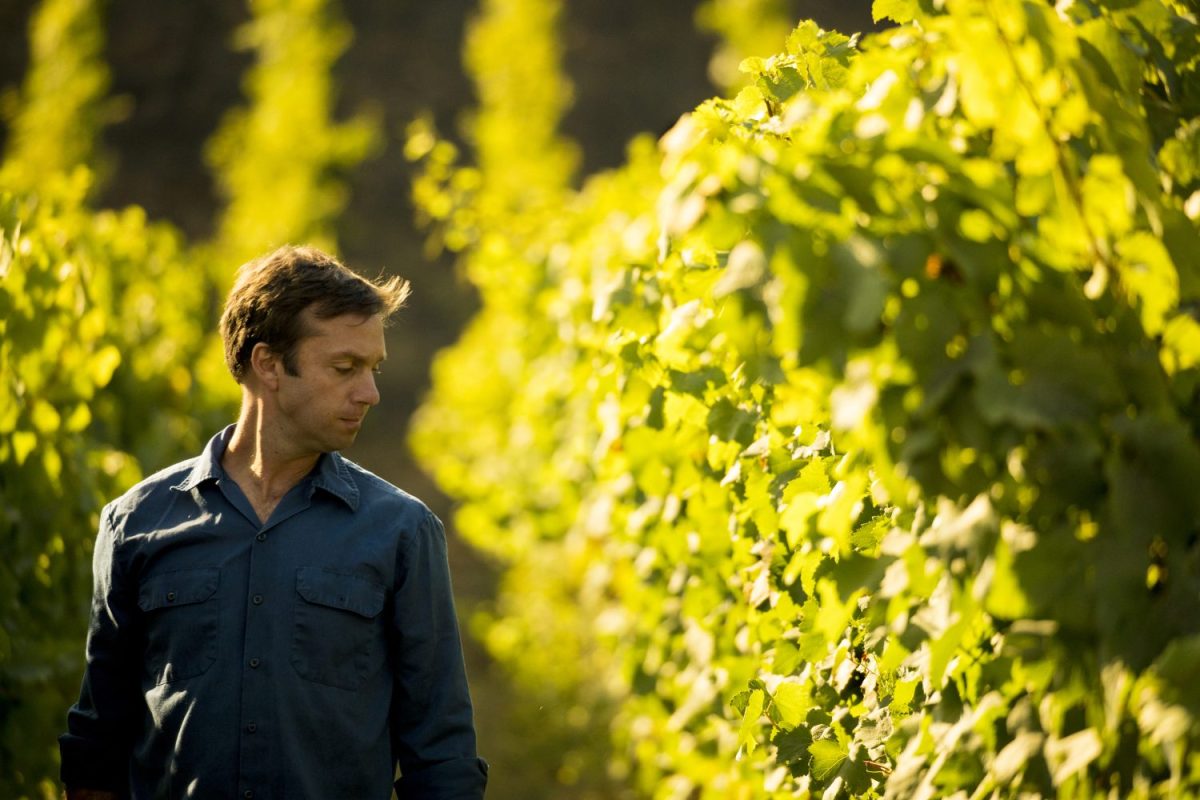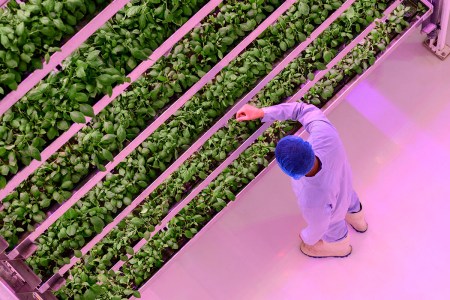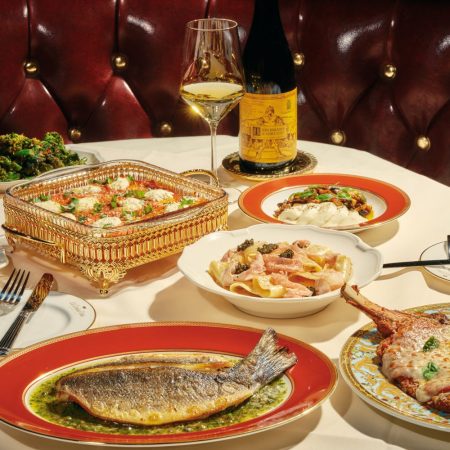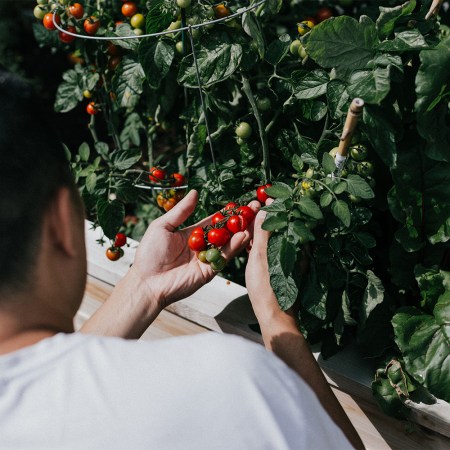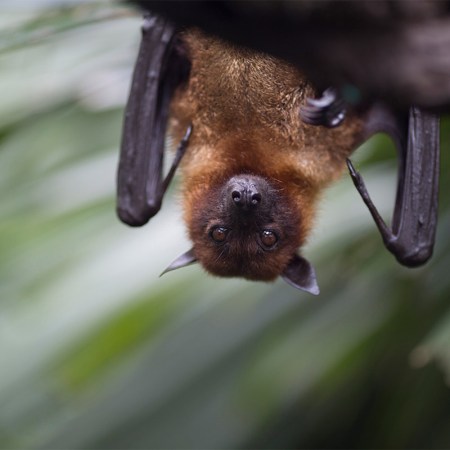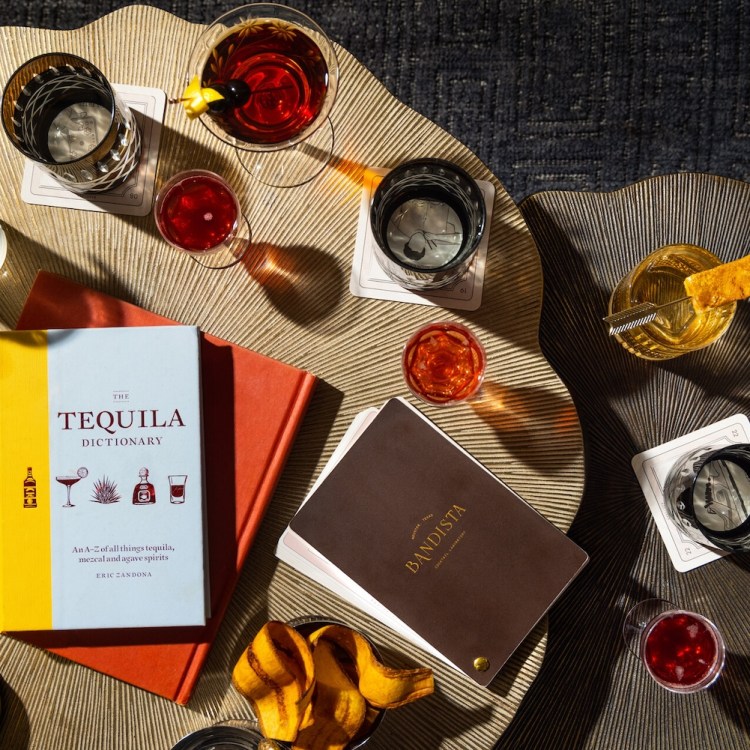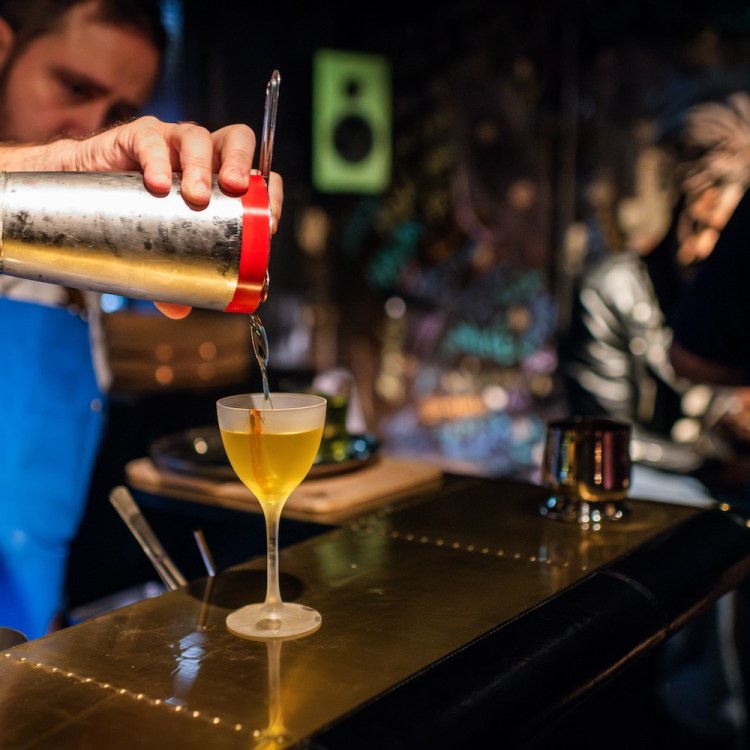Plants were the first thing that ever really made sense to Matt Dees. He remembers marveling at their systematic approach even as a kid, understanding that certain inputs led to certain outputs — much to the chagrin of his childhood baseball team. “I always joke around that I was the kid playing baseball, and the ball would go sailing over my head because I was in the outfield digging up worms and looking at dandelions,” Dees says during a recent interview with InsideHook. “From my first memories, I was always fascinated by plants. They just made sense — you could see a system, a process and an efficiency.”
This early fascination led him out of the Midwest to the east, down a path studying at the plant and soil science department at the University of Vermont, and he might’ve ended up in any agricultural development field — oil, marijuana, or advising on any number of other crops — if it wasn’t for the aspirations of one retired IBM engineer, Kenneth Albert, the founding partner at Shelburne Vineyard, who wanted to make wine. “There was a gentleman who was looking to plant a vineyard, farm the land and make wine,” Dees says. “He was looking for a kid from the soil science department to help him, who had a stronger back than him and hadn’t failed out of his freshman year. I stepped in around 1997-98 and started helping him farm and make wines. Everybody gets bit by that bug somewhere, and it happened to me at that point.”
Thanks to his time at Shelburne, not only did Dees learn the business of winemaking and how to apply his obsession with plant biology and soil science to vineyards, but his obsession spread to include wine, as well. After a stint traipsing around Australia, he made it to the West Coast and got situated working in the Santa Barbara area near Lompoc as the head winemaker for both The Hilt Estate and Jonata. Arriving back in 2004, Dees has been working with California soil for close to 20 years now, perfecting his perspective on both the viticulture and what goes on in the cellar, after the grapes have been grown and picked. But part of what has put wines from The Hilt and Joanata on the map in the last decade or so is a rather unique approach to farming.
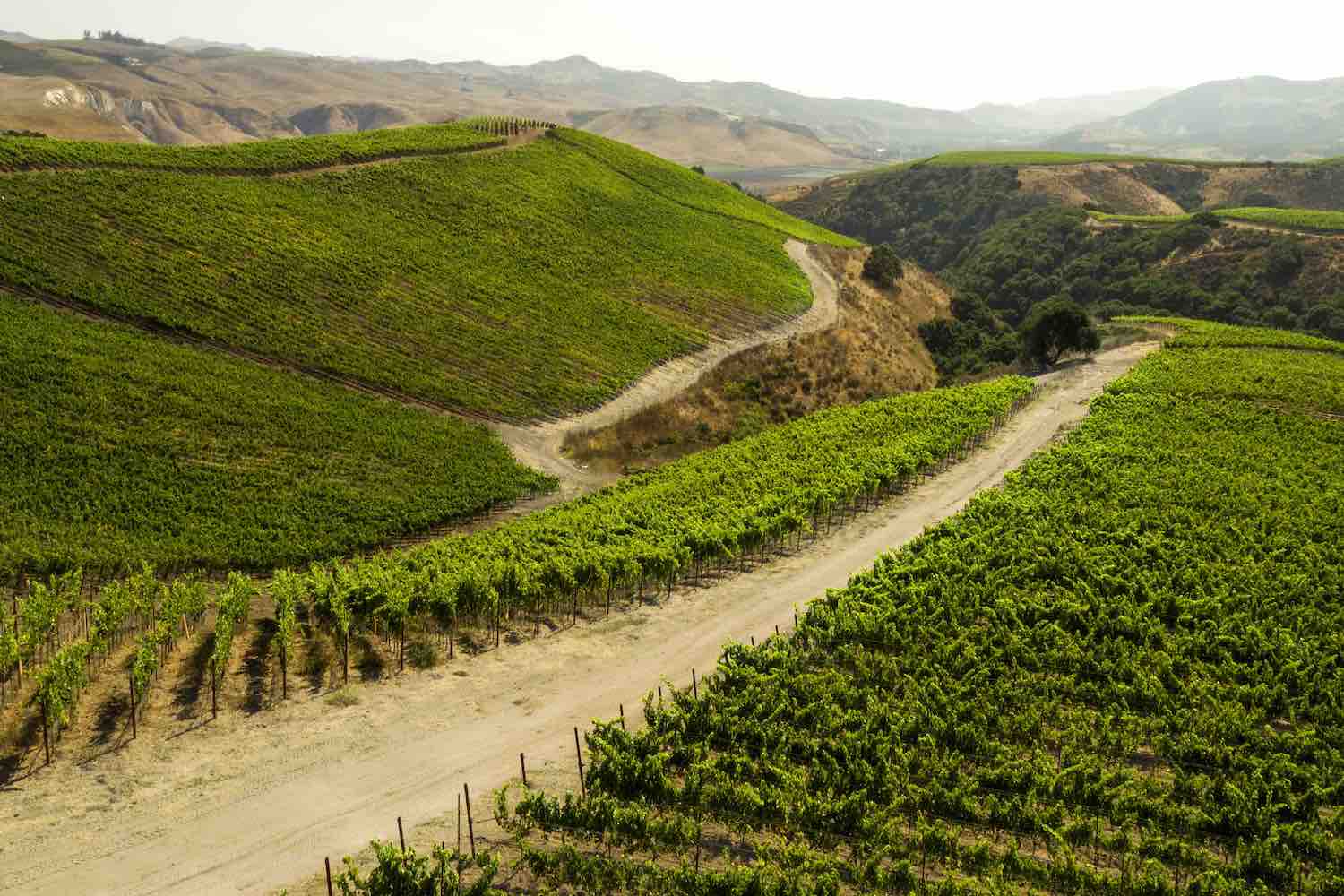
How Indoor Farming Will Forever Change the Way We Grow and Eat Food
One Costco-sized building can support up to 700 “acres” of farmlandAnyone who saw the documentary The Biggest Little Farm is likely familiar with the impact of regenerative farming, and those same principles are in play for growing and tending to the vines out in Lompoc. Deeply influenced by The Omnivore’s Dilemma by Michael Pollan and the principles of Joel Salatin of Polyface Farms (who even traveled to Jonata to consult back in 2006), both The Hilt and Jonata began to adopt methods to reduce their nitrogen input and output, namely by creating their own compost and acquiring their own sources of manure. That is: chickens. Hundreds of chickens.
“Joel Salatin’s whole thing was crop rotation — like a grass rotation, basically, where you’re moving animals over and over to different pastures and chasing the pastures with different animals,” he says. “We started with chickens, with 400 birds. And that’s…a lot of birds. Like, that’s insane, right?” That many chickens also comes with an almost insurmountable number of eggs, which meant the vineyard teams quickly came up with a system to distribute the surplus — 2,000 eggs a week sometimes! — among themselves and other locals. With the chicken manure in place, the estate team began adding more animals (and manure) to the process. They started with goats, which quickly multiplied (or as Dees tells it, “Goats make rabbits seem celibate”), and then expanded to lamb and pigs, raising turkeys and even growing their own olives, making their own olive oil and, more recently, growing fruit, which they plan to distill one day.
Interestingly enough, all of the wonderful byproducts that come from having what amounts to an active farm on the vineyard are reserved for the team members themselves, going back to the roots of what farming really used to be. The capretto (baby goat) and the lamb, the prosciutto and the eggs, all of the milk and the cheese go back into the people working the vineyard. It’s a self-sustaining community of animals, caretakers and consumers, and one of the most unique models in the industry — though maybe it shouldn’t be.
“It really became a question of sustainability, agriculturally speaking, but then also from a social responsibility aspect,” Dees says. “Everyone’s working so hard here, let’s take care of them. Let’s create a community, a workplace that’s also a community. And that’s the definition of why our wines are good. My old soil scientist self would say our wines are great because we have the greatest terroir in the world. But the more I’m in this industry, I realize the wines are great largely because the people who make them and craft them care about them and pay attention and are connected.”
So what are the wines in his portfolio that this veteran winemaker thinks are most worth trying? Well, first and foremost, Dees suggests that it’s The Barn at The Hilt Estate, or the brand-new tasting room out in Lompoc, where guests should go to try them, something of a trek that’s well worth the journey. “The wines always taste best at their own home,” he says. “I love the way wines express themselves here. To me the truest expression is tasting in the vineyard. You can sense the place, you can smell the herbs that grow in the vineyard, you can smell the soil.”
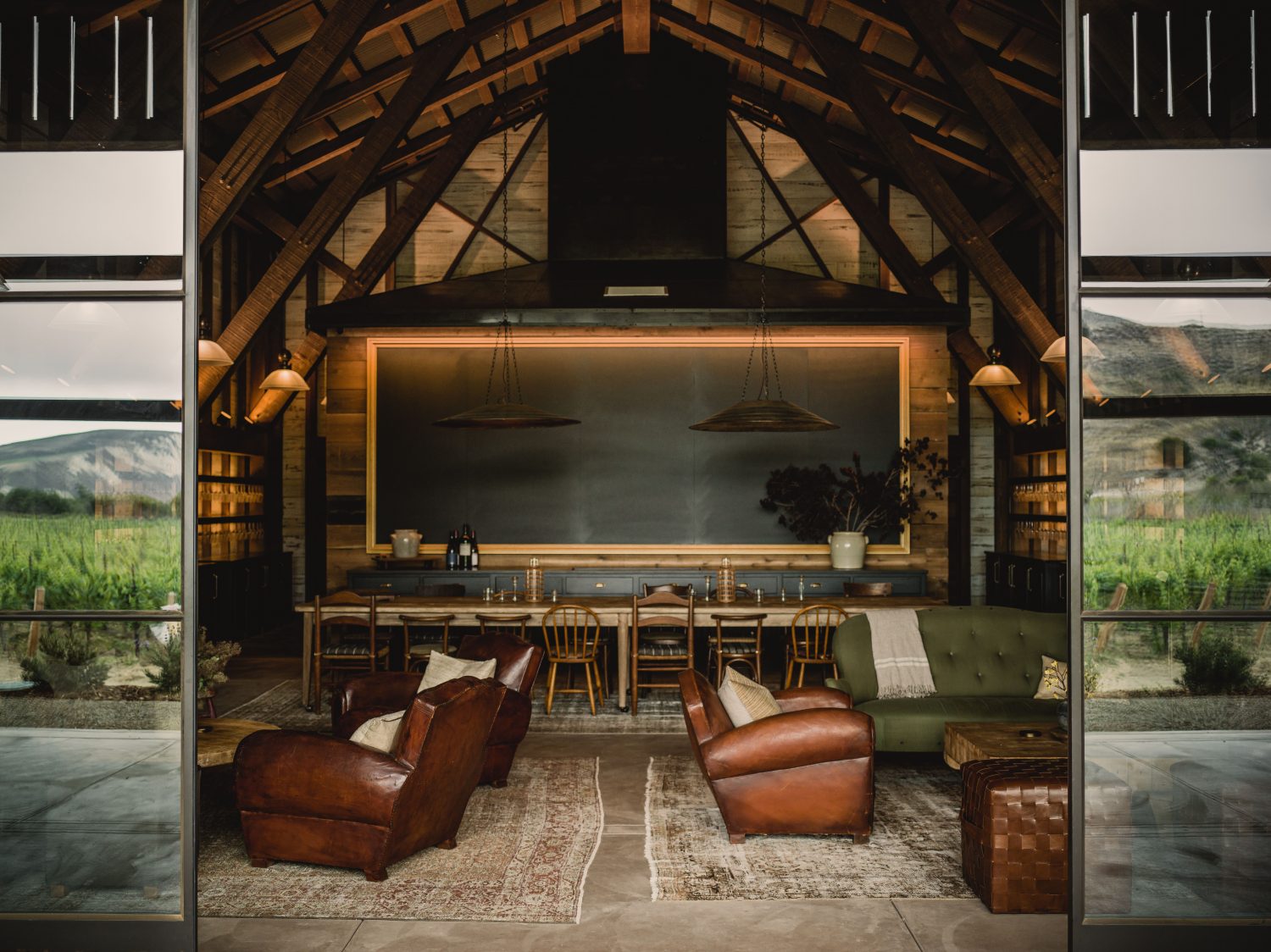
Tasting in The Barn is very laid-back, private and suited to the guest’s own pace of tasting. Once you’re settled in, try the Todos, a Syrah-based blend that encompasses all the grapes grown on the Jonata property, white and red. “It’s our story and what our vineyard tastes like under one cork,” he says. “It’s every flavor that’s out there.” Next suggestion? “The most surprising from The Hilt Estate is the chardonnay,” Dees says. “It’s going to take the world by storm. There’s that lime quality, that green citrus zest quality, an electric acidity that vibrates your whole mouth. And then the saline, sea salt crunch on the finish.”
Once he starts talking about his wines, the floodgates open up, though asking him about the diatomaceous earth or Careaga sand that makes up either of the vineyard’s terroir has a similar result. But to get more insight into the way this soil makes wine like nowhere else, you’ll simply have to head out to the tasting room at The Hilt to try them for yourself. Don’t be surprised if you see a rogue chicken or two wandering around, either.
Learn more about The Hilt here and Jonata here.
Join America's Fastest Growing Spirits Newsletter THE SPILL. Unlock all the reviews, recipes and revelry — and get 15% off award-winning La Tierra de Acre Mezcal.
